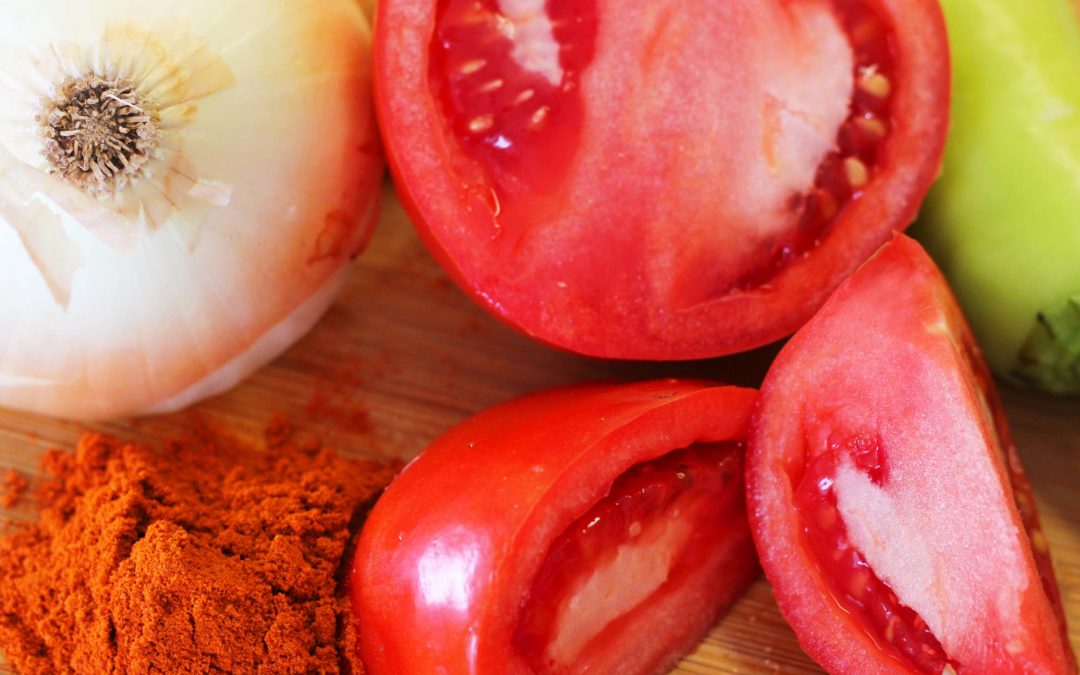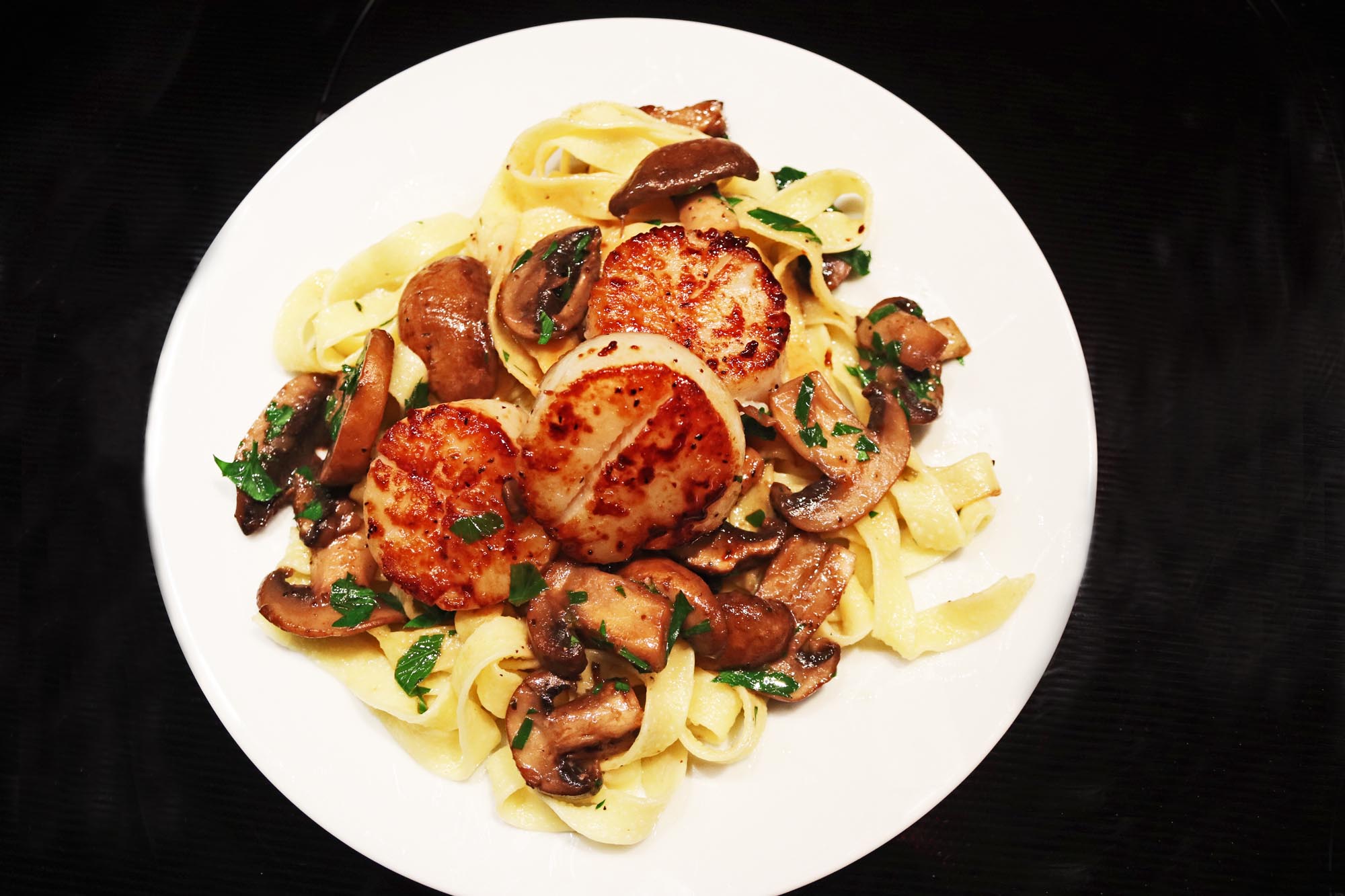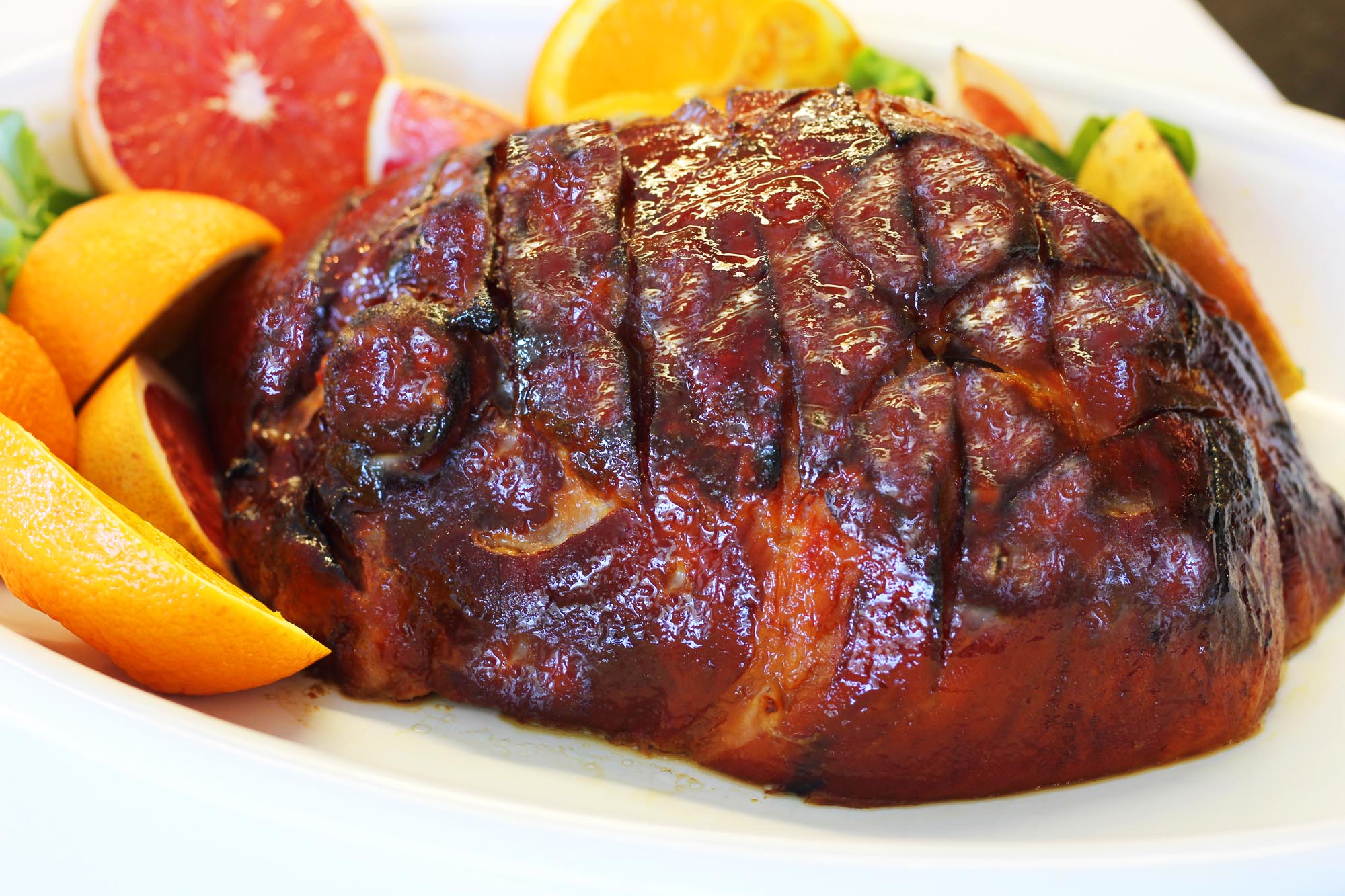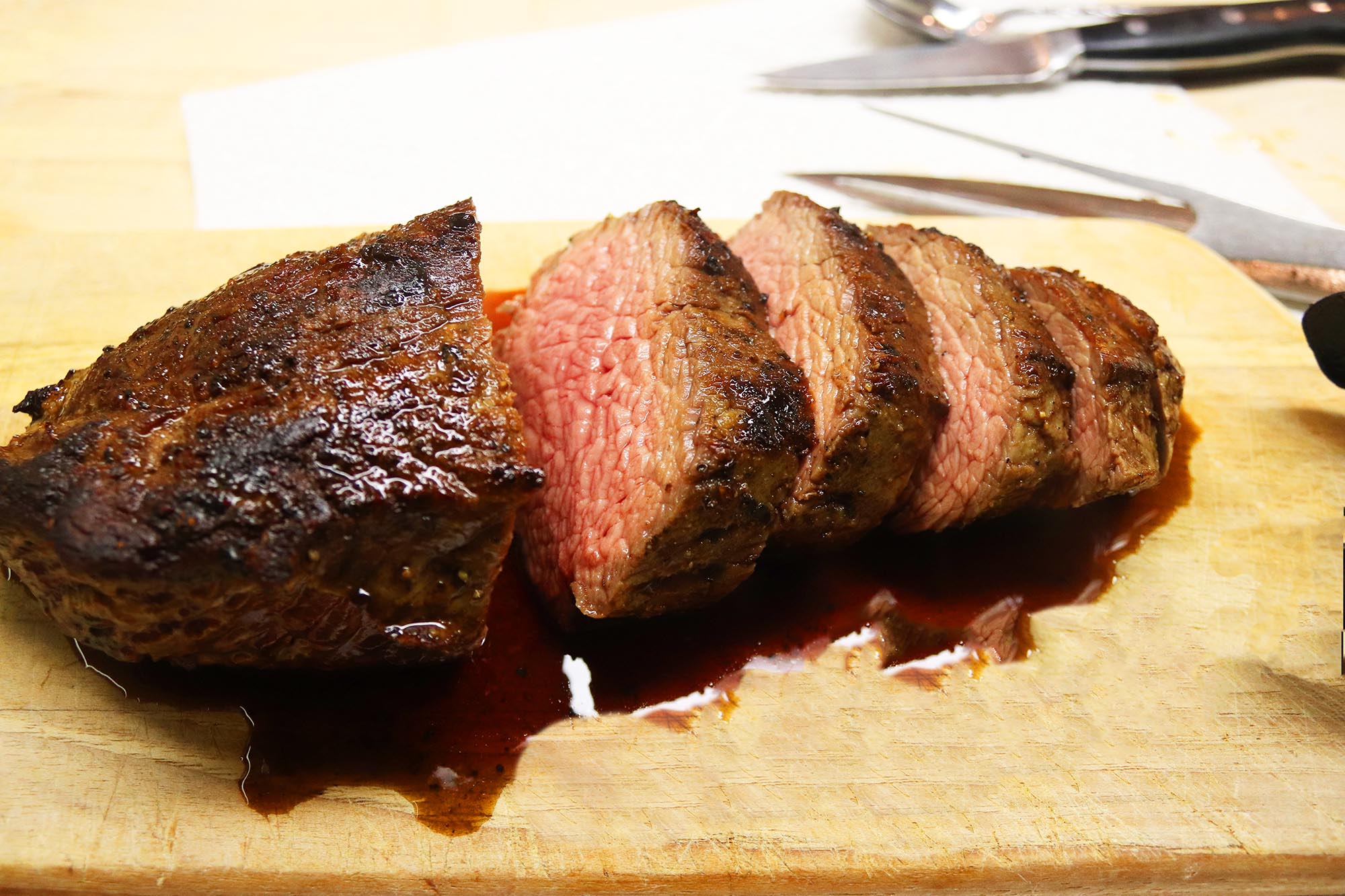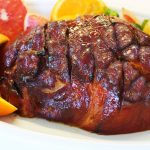Paprikash is my favorite ‘go to’ comfort food.
If you have ever been to Hungary, eaten in a Hungarian restaurant or have a Hungarian friend or relative, I am sure that you would have tasted a ‘paprikash’ in one form or another by now. By the way, paprikash means ‘made with paprika’. Paprikash can be made with a anything, and unlike other Hungarian recipes, it tends to use the same ingredients, regardless of where in Hungary you may have it.
Some recipes may not even include paprikash in their name, while others will tell you what’s been added like ‘Chicken Paprikash’ or ‘Veal Paprikash’. Sometimes the name of the region (Szegedi Gulyas), village (Hortobágyi Crepes), city or even restaurant (Gundel) is incoprated, but once you look at the recipe, you will see the same four basic ingredients; pepper, tomato, onion and paprika.
Paprikash is the staple in Hungarian cuisine. It is probably the first recipe that most young girls (and boys) learn how to cook. I still remember my Mother’s words when she was teaching me how to make it for the first time. It is so simple that anyone can make it and once you’ve made it once, you will never forget how to make it again. Even my Dad would make a paprikash sometimes, and he never cooked! The most important ingredient of the four is the Hungarian paprika. And, I beg you, please do use only Hungarian paprika and please do not add garlic or tomato sauce or tomato purée with any paprikash that you make. A true paprikash is just the four ingredients.
The resulting dish is a little difficult to describe as it’s not a stew, as stews tend to have a multitude of vegetables and are often thickened with flour. I would say that chicken, veal and fish paprikash are more delicate than a stew. These tend to cook in a shorter period of time and all will make a very flavorful but a thinner natural, sauce. I generally serve these dishes with homemade pasta, or nokedli, elbow macaroni or white rice.
Beef and pork paprikash will take longer to cook, and are more stew like. I would describe these two dishes as hearty and so I tend to make them in the fall and winter. These dishes will also have a more intense flavor and a thicker natural sauce due to the hour or two that it takes to cook. I like to serve these dishes with a side dish of plain boiled potatoes or a pasta, such as pappardelle.
Whether light or more hearty, the flavor comes from sautéing the onions and tomatoes, the color comes from the paprika and the sauce comes from the natural juices of the meat or vegetable that you add. I typically do not use water at all, nor do I use stock with meat dishes. Some vegetables, like potatoes or cauliflower dishes, do need some liquid.
Paprikash is often spicy, so if you like heat, just add a banana pepper or chili pepper and break the pepper open while the paprikash is cooking. But a word of warning, only Hungarian paprika will work!
Paprikash can also appear as a base for soups. Gulyas Soup, Mushroom Soup, Cauliflower Soup, for instance, all have the same flavor base. Paprikash can also be used as a filling for crepes and in casseroles made with cabbage or sourkraut. The same ingredients, slightly different cooking techniques, and they each have a different taste. I have made all of these at one time or another and have included recipes for a few of them.
Because of the small number of base ingredients, all paprikash recipes take less than 15 minutes to prepare and are always delicious! You can make Paprikash with chicken, veal, pork, beef, fish or vegetables. Even just potatoes! The only variable is the time it takes to cook, and this depends on what you use for your main ingredient. It’s pretty simple, the recipe remains the same. This is the first recipe I learned how to cook and, over time, I have used variety of main ingredients, resulting in dishes which were all delicious and different than the last.
In the end, there really are too many dishes with a paprikash base to mention. I probably have a dozen that I have yet to convert into publishable material, and many more that I would just like to make.
Just to get you interested, I have included a small sample for now. You can click on the link or go to my Recipes page to find the recipes. Each of these dishes are made with the Hungarian paprikash base, with a different main ingredient and a slightly different cooking technique. I will add more as time goes on.
In the meantime, pick one of these to learn by, and become a little Hungarian along the way.
White Pepper, Tomato and Pepperoni Lecho

